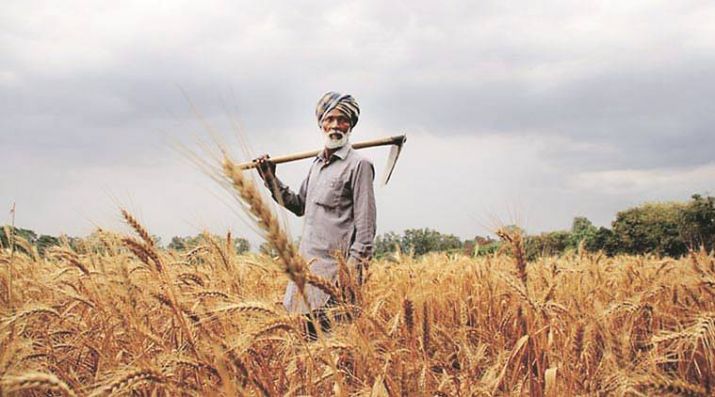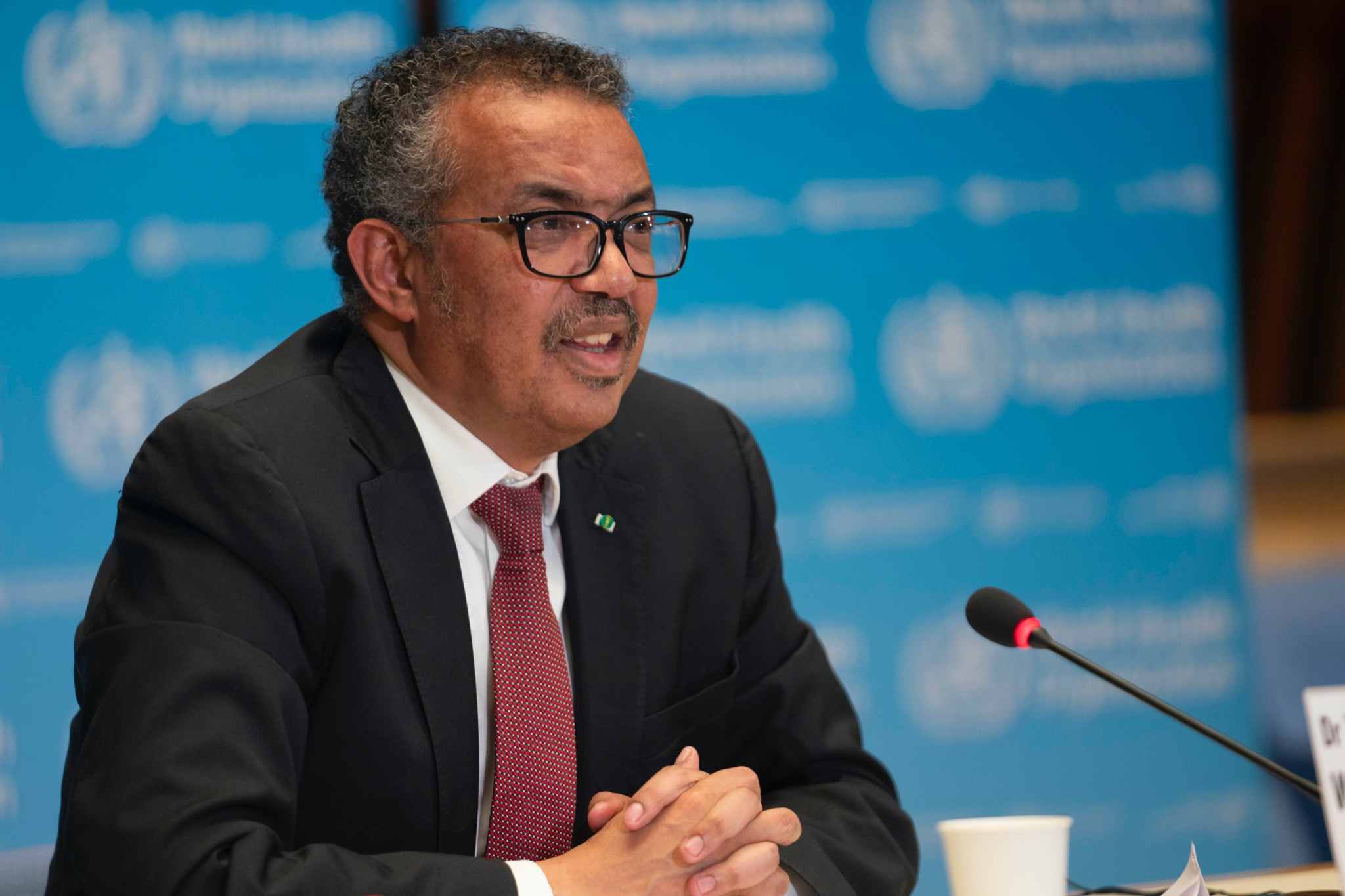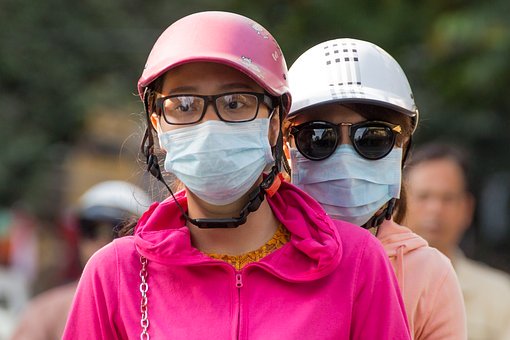The suicide rates in India are alarming and an immediate cause of grave concern. India had recorded the highest suicide rate in the entire South-East Asian region in 2016, according to a report by the WHO.
It is sad that India’s own statistics on suicide have not been officially made public for the last three years and this is known to be a severe hinderance in any kind of sustained effort towards preventive strategies.
What is important to note is that in the absence of official governmental data, it is extremely difficult for us to be able to follow the WHO recommendations and thus take corrective measures in this regard.
India’s suicide rate has stood at 16.5 suicides per 100,000 people in 2016, according to the report published by the WHO.
The global suicide rate is 10.5 and that of India is considerably high. The report was based on the performance of many countries globally on the Global Health Estimates for 2016.
The nations had been classified according to the region of the world where they were located and to their average incomes, India belongs to the South-East Asian region and to the Lower Middle-Income category of countries.
India’s performance in terms of its suicide rate was much poorer compared to several other nations in its category. India accounted for the highest suicide rate among females(14.5).
However, the redeeming feature was that India was not the worst performer as far as the male suicide rate was concerned, but at 18.5 it was higher than the female rate and the combined suicide rate.
India came third in the region in male suicide rates, getting a position after nations like Sri Lanka(23.3) and Thailand(21.4)
India’s Indifference to Growing Suicide Rates
India’s performance in South-East Asia as far as suicide rates is concerned is extremely poor and despite this no adequate measures have been taken to follow the WHO guidelines and recommendations for suicide prevention. It is worth recalling that in 2014, the WHO had published a detailed report on recommendations that would successfully help nations to deal with a growing suicide rate. The report proposed-
- Surveillance
- Identification of risks and protective factors
- Development and evaluation of interventions
- Implementation
India has not even gone beyond the very first step. It has merely begun collecting organised and systematic data on suicide and suicide attempts.
What is alarming is that even the practice of the National Crime Records Bureau of announcing annual suicide statistics was abruptly stopped in 2016. and suicide statistics have not been made public ever since then.
India’s Farmers Commit Suicide in Large Numbers

The statistics released by the NCRB for the years 2014 and 2015 showed that states like Maharashtra, Telangana, Madhya Pradesh, Chattisgarh and Karnataka accounted for more than 90% of the total farmer suicides in the nation. The NCRB has now been stopped from making data on farmer suicide public in the nation. It is true that India remains incapable of producing rigorous data on suicide despite the WHO’s recommendations.
In 2014, the WHO had recommended that countries must monitor data from various sources such as vital registration data, hospital-based systems and surveys. However, India continues to lag behind as far as the collection and dissemination of such data is concerned.
India also does not comply and publish data on suicide attempts at the national level.
A previous suicide attempt is the single most important risk factor for suicide among the general masses. Therefore, a failure to track suicide attempts leaves many people at risk of successful suicide. WHO estimates indicate that for every person who dies by suicide, more than 20 others attempt it.
India’s Intervention to Bring Down its Suicide Rates
To tackle India’s alarming suicide rates, the WHO recommends that India produce high-quality data on suicide and implements a nation-wide strategy and plan.
While India has implemented the National Mental Health Program, it has no national-level response system.
We need a national suicide-prevention strategy in order to raise awareness and bring out the gravity of the growing suicide rates as an important public health concern.













